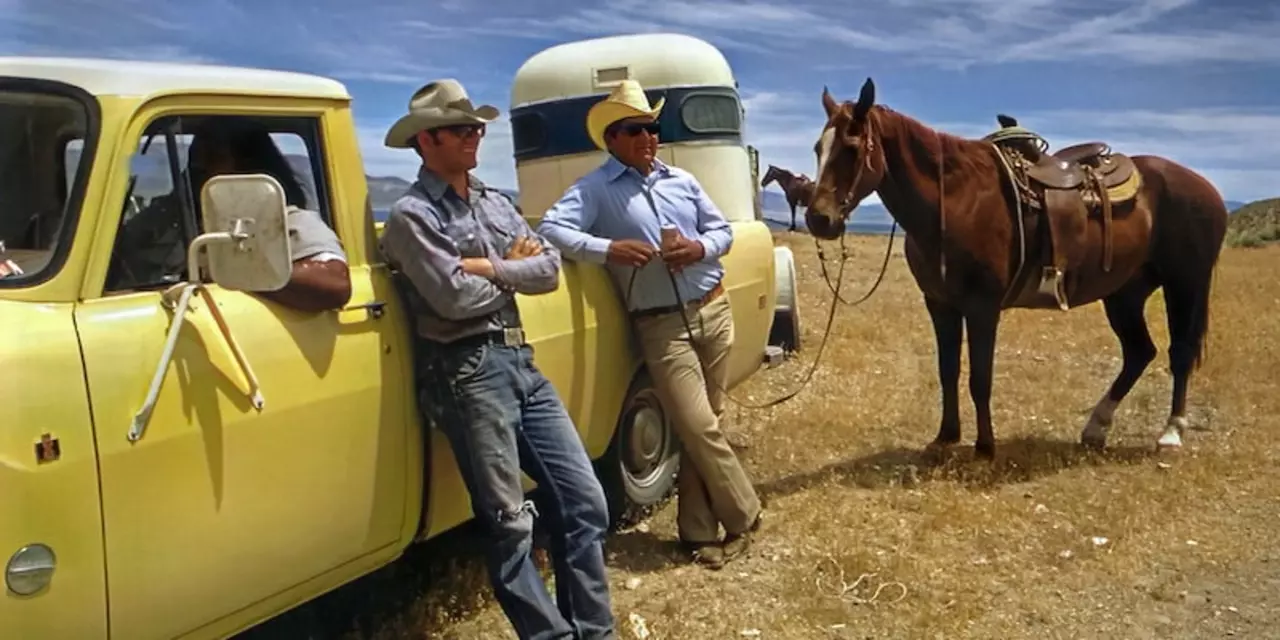An Overview of Indian Reservations in the United States Today
The United States is home to hundreds of Indian reservations, where Native Americans have lived for centuries. These reservations are territories set aside by the federal government, and they cover some 56 million acres of land across the United States. Although Native Americans have long been subject to discrimination and mistreatment, the federal government has recognized the unique rights of tribes to self-govern and has set aside lands for them to live on.Today, there are 574 federally recognized Indian reservations in the United States. These reservations are managed by the Bureau of Indian Affairs and are located in 34 states, including Alaska and Hawaii. The largest Indian reservation is the Navajo Nation, which covers 27,000 square miles across Arizona, New Mexico, and Utah. The Navajo Nation is home to more than 300,000 people, making it the largest federally recognized tribal government in the United States.
Though Indian reservations are federally recognized, they are not sovereign nations and are subject to federal laws. Residents of Indian reservations are citizens of the United States, and may also be citizens of their respective tribal governments. On reservations, tribal governments are responsible for providing essential services like healthcare and education, as well as enforcing laws and regulations.
Despite the fact that Indian reservations are still widespread across the United States, they have not been immune to the ongoing displacement of Native American communities. For example, in recent years, the Pine Ridge Indian Reservation in South Dakota has seen a population decrease due to poverty, lack of resources, and even flooding.
Overall, Indian reservations remain an important part of American society and are home to many Native American communities. Though the reservations face many challenges, they remain a vital part of our nation’s cultural and political landscape.
Exploring the History and Culture of Indian Reservations in America
The American Indian reservations of today are the result of centuries of conflict between colonial settlers and native tribes. Throughout American history, the federal government has established treaties with Native Americans, creating a system of reservations for them to live on and protect their culture and land. Today, there are over 300 Indian reservations in the United States, scattered across the country.The majority of these reservations are located in the western states, such as Arizona, California, New Mexico, and Montana. These states have the highest concentration of Native American tribes, and many of their reservations are large, with some of them covering entire states. For example, the Navajo Nation in Arizona spans over 27,000 square miles and is the largest reservation in the United States.
The culture and history of Native American reservations is fascinating and varied. Some tribes have kept their traditional lifestyle intact, while others have adopted more modern practices. Many reservations have their own language, as well as their own customs and beliefs. They also have a unique government system, with tribal councils and other decision-making authorities.
Today, the challenges that Native American reservations face are numerous. Many of the reservations are plagued by poverty and lack of resources, making it difficult for the residents to make ends meet. In addition, many reservations suffer from poor education and health care systems. Despite these challenges, however, the spirit of the Native American culture remains strong.
By taking a closer look at the history and culture of Indian reservations in America, we can gain a greater appreciation for the unique challenges that these communities face. We can also learn more about the incredible resilience and strength of the Native American people, who have persevered despite centuries of hardship and discrimination.
The Impact of Indian Reservations on the American Economy and Society
The presence of Indian reservations in America has had a lasting impact on the American economy and society. Indian reservations are the designated areas of land set aside for the exclusive use of Native American tribes. These reservations are legally recognized as sovereign nations within the United States, and as such, they are afforded certain rights and privileges that are not available to other parts of the country.The economic impact of Indian reservations on the American economy is substantial. Reservations are often hubs for economic activity, with many Native Americans utilizing reservations to run businesses, create jobs, and provide services. These businesses often benefit the surrounding area, providing jobs and services for non-Native Americans. Additionally, many Native American tribes are involved in the tourism industry, with many reservations offering a variety of cultural and recreational activities.
The presence of Indian reservations has also had a significant cultural impact on American society. Native American tribes have preserved their cultural traditions and customs, which have been shared with the broader American public. Additionally, many reservations have become havens for Native American art and culture, with many reservations hosting a variety of educational and cultural events.
Are there still alot of Indian reservations in America today? The answer is yes. While there are less Indian reservations in America today than in past years, they are still an important part of the American economy and society. Native American tribes continue to influence the American economy and culture, and their presence is still felt throughout the country.
